Table of Contents
Guide
Page List
Dedication
For Will, my son, whose will to live provided me the will and inspiration to write this book.
For Jim, my husband, whose support, friendship, and love are unconditional.
Copyright 2021, 2016, 2012, 2004 by Kaplan, Inc., d/b/a Barrons Educational Series
All rights reserved.
No part of this publication may be reproduced in any form, or by any means without the written permission of the copyright owner.
Published by Kaplan, Inc., d/b/a Barrons Educational Series
750 Third Avenue
New York, NY 10017
www.barronseduc.com
ISBN: 978-1-5062-7330-3
10 9 8 7 6 5 4 3 2 1
All rights reserved under International and Pan-American Copyright Conventions. By payment of the required fees, you have been granted the non-exclusive, non-transferable right to access and read the text of this eBook on screen. No part of this text may be reproduced, transmitted, downloaded, decompiled, reverse engineered, or stored in or introduced into any information storage and retrieval system, in any form or by any means, whether electronic or mechanical, now known or hereinafter invented, without the express written permission of the publisher.
Contents
Painless reading comprehension? Impossible, you think. Not really. Reading is easy... or at least it can be with the help of this book!
Each one of you uses a different collection of tools to do what you need to do to learn. The trick is figuring out what tools work. In this book, I provide you with many tools. Try them all out, and see which ones work for you! If they work, add them to your toolbox, and use them when you read. Dont be afraid. Dive inits painless!
Painless Icons and Features
This book is designed with several unique features to help make reading comprehension easy.
 PAINLESS TIP
PAINLESS TIP
You will see Painless Tips throughout the book. These include helpful tips, hints, and strategies on the surrounding topics.
 CAUTIONMajor Mistake Territory!
CAUTIONMajor Mistake Territory!
Caution boxes will help you avoid common pitfalls or mistakes. Be sure to read them carefully.
 BRAIN TICKLERS
BRAIN TICKLERS
There are Brain Ticklers throughout the book. These quizzes are designed to make sure you understand what youve just learned and to test your progress as you move forward in the chapter. Complete all the Brain Ticklers and check your answers. If you get any wrong, make sure to go back and review the topics associated with the questions you missed.
EXAMPLES
There are examples and reading passages throughout the book to help you improve your reading strategies and comprehension.
SIDEBARS
These shaded boxes contain extra information that relates to the surrounding topics. Sidebars can include strategies, detailed examples, and more to help keep reading comprehension interesting and painless.
Just as two snowflakes are not alike, neither are any two readers. Reading is a very personal and individual process. For some of you, the answer to the question What kind of reader are you? is simple. You arent! You dont read. For others, the answer might be:
- You read sometimeswhen you have time.
- You read when you like what you are reading.
- You love reading and read often.
Reading strengths and weaknesses
Before you jump into this book, you need to think about what kind of reader you are. You need to consider how you feel about the act of reading and what your strengths and weaknesses are. Reading is just like any other action. Its one part ability, one part attitude, and one part practice. You have to know what your strengths are, how you feel about reading, and what parts need practice. The better you get at something, the more you like it. For example, when you first learned to play soccer, you may have known how to kick the ball but not how to pass the ball during a game. Or, blocking may have come easy for you, but traveling down the field while passing at the same time might have required more practice. Once you were able to run and pass, shoot, and block, you could successfully play the whole game! The same is true for reading.
You have the ability to read, but you must practice all the required parts of the reading process to be a successful reader.
To be a successful reader, you need to know what to do before you read, what to do while you are reading, and what to do after you have finished reading. Only you know what you can and cant do. I always tell my students that I dont have the ability to morph into Plankton and jump into their brains to find out what kind of readers they are. My goal in writing this book is to help you get to the point where you can help yourself.
Types of readers
According to Kylene Beers and Barbara Samuels in their book Into Focus: Understanding and Creating Middle School Readers, there are two types of readers: avid and reluctant. Those who are avid at something do it often because they like to. For example, most of my students admit they are avid users of Twitter, Instagram, and TikTok. Avid readers like to read and read often. Avid readers read not because they have to but because they like to. That doesnt mean avid readers love everything that they read. But avid readers are good readers because they practice!
Then there are the reluctant readers. The reluctant readers are the most complex and difficult to define. For those who are reluctant to do something, it may be because they dont want to, dont like to, or simply cant. For example, some may be reluctant dancers because they dont like to dance. They can dance if they have to, but they would rather be playing basketball or video games. They may be reluctant tennis players because they havent had enough practice, arent skilled enough at the game, and dont want to look foolish. Some may be reluctant swimmers because they cant swim and dont want to drown!
Step One: What kind of reader are you?
Take some time to think about the answers to the following questions. First, decide if you are an avid or reluctant reader; then, answer the questions below!
- Do you like to read? Would you say you are an avid reader? Why?
- What do you like to read? For example, do you read science fiction, fantasy, graphic novels, poetry, historical fiction, contemporary fiction, series like Cordelia Castels The Princess Trials or the Track Series books by Jason Reynolds, magazines like Sports Illustrated or Girls Life, popular blog posts on Instagram, or online social news from YouTube?
- How many books do you read in a week or a month? Why do you like reading? Is it because it is an escape or because you learn new things or a combination of factors? Do you read every chance you get, like in class and at home or just when you have total free time?
- Does reading come pretty easily for you?
- Even avid readers dont like everything they read. What do you not like to read and why?
If you are a reluctant reader and you dont want to read, is it because you dont like to read or because you have trouble reading, or is it a combination of both? Are there some things you dont like to read? Why dont you like to read them? Do you have problems understanding some things when you read them? Why? Explain what gets in the way of understanding what you read.

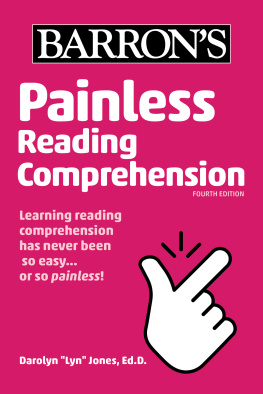

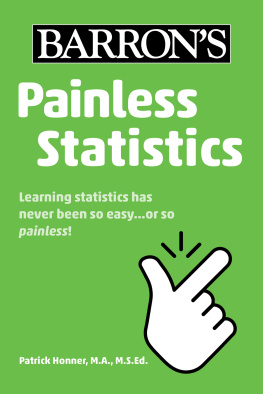


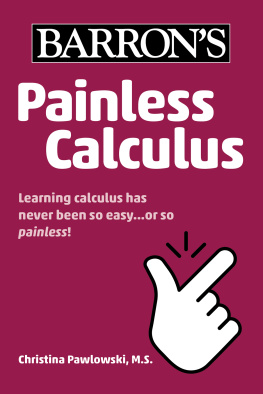

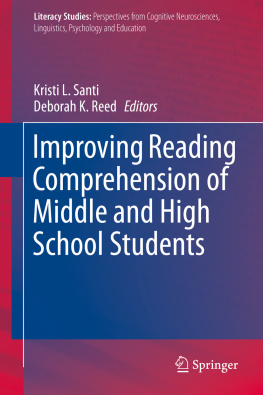
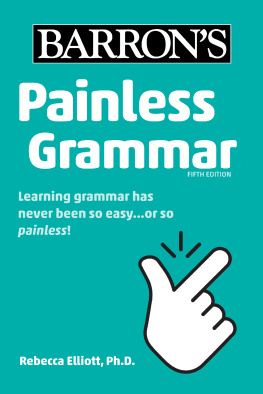
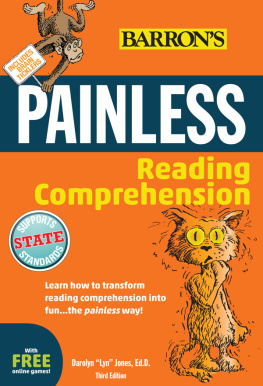

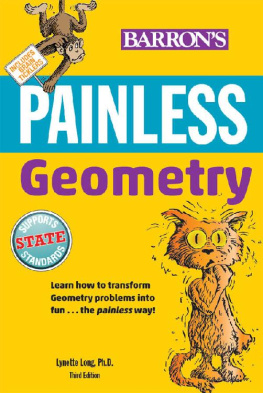
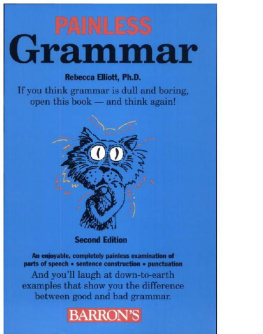

 PAINLESS TIP
PAINLESS TIP CAUTIONMajor Mistake Territory!
CAUTIONMajor Mistake Territory! BRAIN TICKLERS
BRAIN TICKLERS